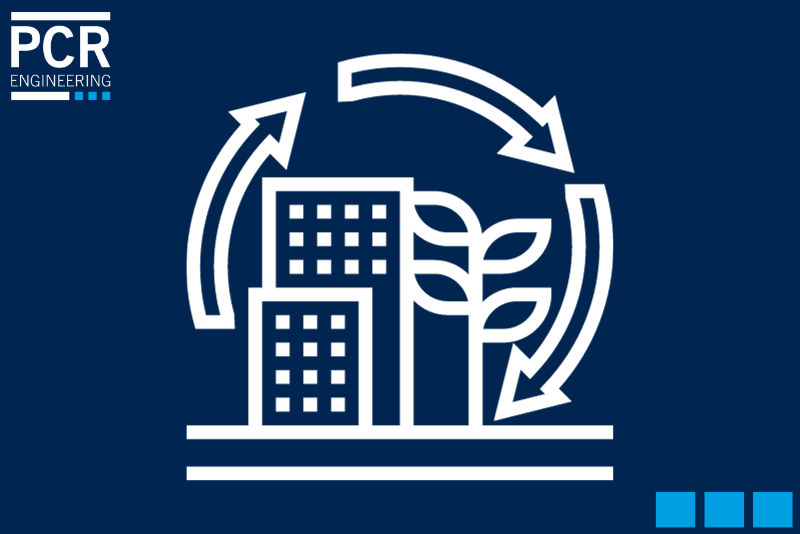
Sustainability starts with planning
8. May 2023
Whether the primary motivation is ecological awareness or rising energy prices, sustainability claims to be one of the key words from the recent years. However, it is often just a marketing slogan with nothing more than small (and often anyway legally required) actions behind, such as the use of energy-efficient motors. But what else can sustainability mean for the planning and operation of a production plant in the chemical industry?
Let's first continue with the example of efficient motors. Sure, it's a good start to select an efficient motor, - however, this appears to be useless if it drives a pump or agitator with poor efficiency. Agitators are still often selected according to the principle “the more the better”. However, the selection of an optimized agitator geometry can, under certain circumstances, not only lead to lower energy requirements, but also to shorter agitation times. The energy requirement for the production of one batch is thus reduced in two ways and the production capacity is increased at the same time.
When selecting a pump, the efficiency of the overall system should also be considered in addition to the requirements on the pump through the material to be handled. Positioning of the units, optimized from a geodetic point of view, as well as dimensioning of the nominal pipe diameters play a crucial role here, for example. After all, the systems are often operated for many years or decades and the operating costs extensively exceed the initial investment costs.
Furthermore, the costs for maintenance and service must also be considered and, as a rule, low-maintenance equipment is preferable to other equipment despite possibly higher investment costs.
Due to the competitive situation for the plant manufacturer or also the project manager on the operator side (competition with other projects with shorter ROI), budget constraints arise, which prevents sustainable plant operation and an ecologically as well as economically optimized procurement strategy.
For this reason, the energy optimization of the plant concept must be given a much higher priority than before, even during basic engineering and preparation of specifications.